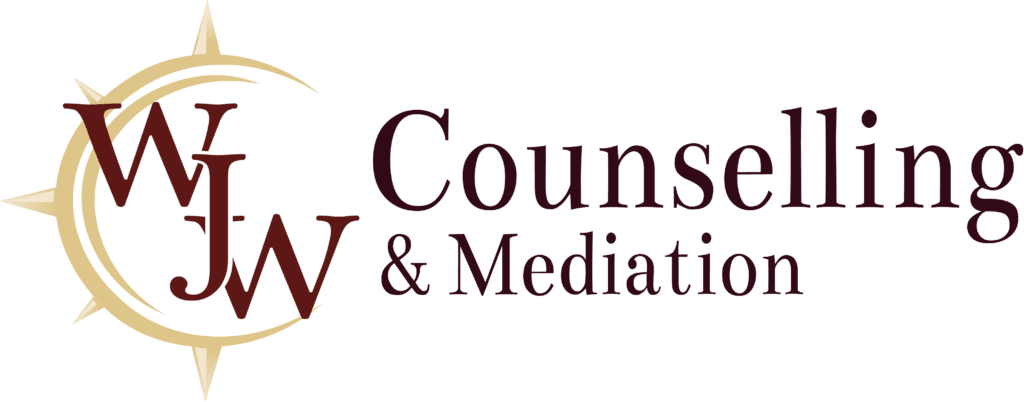We often see clients struggling with symptoms of both anxiety and depression at the same time. However, they rarely recognize how deeply these two conditions can intersect and intensify each other. In other words, what begins as nervousness or worry can gradually develop into full-blown emotional exhaustion.
As a result, dual diagnosis is essential when both are present to avoid missing the deeper emotional patterns. Most importantly, this helps us craft a more effective treatment plan that doesn’t isolate one disorder while neglecting the other. To clarify, an accurate assessment helps us see where anxiety ends and depression begins—or where they overlap entirely.
Identifying Overlapping Symptoms in Clinical Assessments
Firstly, both anxiety and depression affect how people think, feel, and act. However, the way they present often blurs together, creating confusion for those experiencing the symptoms. For example, someone with depression might report racing thoughts and sleep troubles typically seen in anxiety disorders.
In addition, individuals with anxiety may begin withdrawing socially and feeling hopeless, which are hallmark signs of depression. Therefore, proper mental health assessments are crucial in identifying overlapping issues. We provide in-depth support through professional psychological assessments to determine if both conditions exist concurrently.
The Importance of Early Dual Diagnosis in Treatment Planning
We strongly believe in early identification because it allows us to create more comprehensive therapy strategies. That is to say, when we know we’re working with both anxiety and depression, we tailor our approach to address both conditions at once. Above all, this leads to stronger emotional recovery.
Moreover, dual diagnosis prevents the frustration of ineffective treatment caused by ignoring one half of the problem. Consequently, this also encourages clients to engage more in therapy, knowing their full experience is being understood. After that, we can adapt sessions as emotional dynamics change over time.
How Dual Diagnosis Therapy Approaches Work
We often use integrative approaches for clients dealing with both disorders. That is to say, we combine cognitive-behavioural strategies, emotion-focused methods, and mindfulness-based therapies. In the same vein, we emphasize long-term skills like emotional regulation and thought reframing.
Likewise, the therapeutic process includes identifying core beliefs and triggers that feed both anxiety and depression. Further, we guide clients in learning how to pause reactive behaviours, manage uncertainty, and set boundaries that preserve energy. Clients can schedule a session with us online to begin that journey.
What to Expect During Your Dual Diagnosis Assessment
During your intake, we explore the full emotional picture, not just surface-level symptoms. For instance, we ask about energy levels, irritability, panic sensations, and sleep disruption. In addition, we dig into past life events, current stressors, and family mental health history.
This thorough review helps us understand the emotional patterns in your life and how they’ve developed over time. Meanwhile, you’ll feel heard and validated without being forced into a box. Subsequently, we’ll discuss the results and recommend a personalized plan forward. You can learn more about our process by visiting our mental health counselling services.
Building a Sustainable Path Forward with Therapy
Once both anxiety and depression are acknowledged, we build a step-by-step path toward emotional stability. Similarly, we empower clients with tools for everyday situations that would have previously triggered anxious or depressive reactions. Most importantly, this approach builds confidence and emotional independence.
To sum up, dual diagnosis therapy doesn’t just treat symptoms—it nurtures overall mental wellness. We stay focused on long-term outcomes, not just temporary relief. If you’re unsure where to begin or need direct support, Contact Us today to explore your options for therapy that understands the full picture. You can read more about professional support options by visiting Your Local Biz for depression counselling in Edmonton.
FAQ
What is a dual diagnosis for anxiety and depression?
Dual diagnosis means a person is experiencing both anxiety and depression at the same time. These conditions often overlap and require a blended treatment approach.
How do I know if I have both depression and anxiety?
Symptoms like low mood, fatigue, restlessness, and panic can signal both disorders. An assessment with a trained therapist can clarify your situation.
Can I get treatment for both conditions at once?
Yes, therapy can be customized to address both disorders together using integrative approaches like CBT and emotion-focused therapy.
Is it harder to treat dual diagnosis than a single issue?
Not necessarily. With the right therapist and tools, treatment can be just as effective and often more impactful than addressing one issue alone.
Where can I get assessed for dual diagnosis?
You can book an appointment through our online system or learn more about our assessments on the WJW Counselling website.




